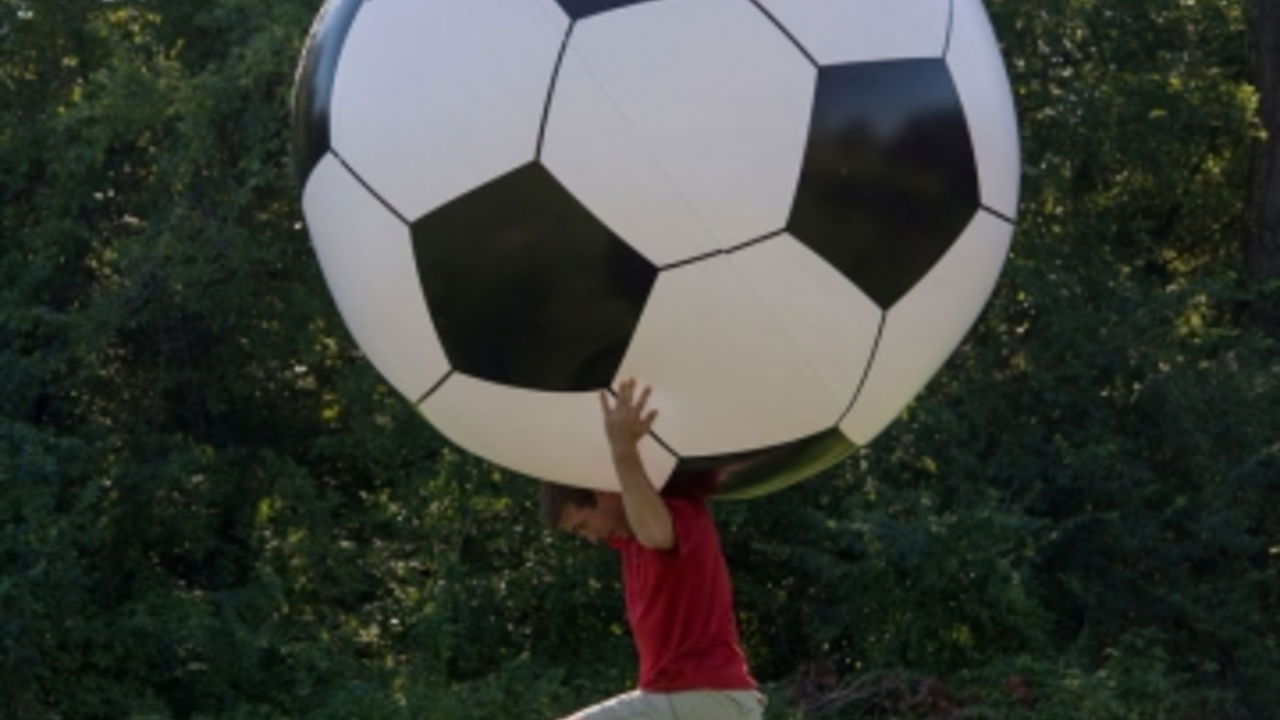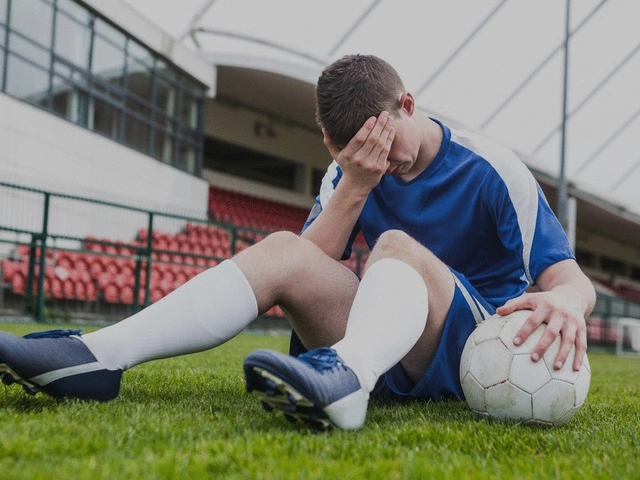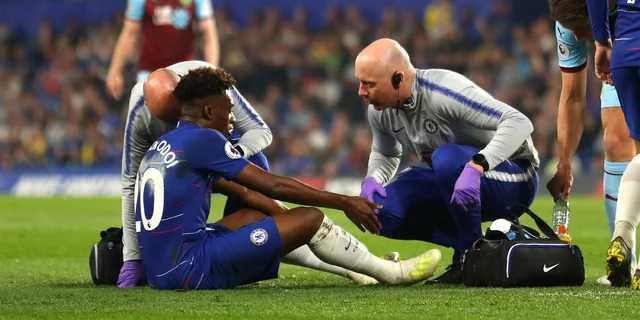How do you stop a soccer ball from bouncing?
Understanding the Dynamics of a Soccer Ball
Before we delve into how to stop a soccer ball from bouncing, let's take a moment to understand the dynamics of a soccer ball. The way a soccer ball behaves is a result of its shape, size, and composition. The ball is inflated to a certain pressure which causes it to bounce when it hits a hard surface. This is due to the energy conversion that takes place upon impact. The kinetic energy of the ball is temporarily converted into potential energy, which is then quickly converted back into kinetic energy, causing the ball to bounce. Understanding these dynamics will make it easier to comprehend the techniques used to stop the ball from bouncing.
Importance of Proper Body Positioning
One of the key factors in stopping a soccer ball from bouncing is your body positioning. When the ball is coming towards you, it is important to position your body in a way that you can effectively control the ball. Your feet should be shoulder-width apart, your knees slightly bent, and your body leaning forward. This position gives you balance and control, allowing you to effectively trap the ball and stop it from bouncing.
Mastering the Art of Trapping
Trapping is a basic soccer skill that involves stopping the ball with your body or feet. When done correctly, trapping can effectively stop a soccer ball from bouncing. The trick is to cushion the ball as it comes to you, allowing it to lose its bounce. You can use various parts of your body to trap the ball, including your chest, thigh, and feet. The key is to make the ball's landing as soft as possible, thereby reducing its bounce.
Controlling the Ball with Your Feet
When the ball is low enough, you can use your feet to stop it from bouncing. The technique involves placing your foot on top of the ball and applying downward pressure. This not only stops the ball from bouncing but also gives you control over the ball. It's important to be quick and accurate in this move as a misstep can lead to losing possession of the ball.
Using Your Body to Block the Ball
Another effective way to stop a soccer ball from bouncing is to use your body to block the ball. This involves positioning your body between the ball and the ground, essentially trapping the ball against your body. This technique is particularly useful when the ball is coming at you at a high speed or from a high altitude. The key here is to keep your body firm and absorb the impact, thus reducing the ball's bounce.
Practicing Timing and Anticipation
Timing and anticipation are critical in stopping a soccer ball from bouncing. You need to be able to predict the trajectory of the ball and time your move just right. This requires practice and an understanding of the physics involved in the bouncing of a soccer ball. With time, you'll be able to anticipate the ball's movement and make your move just at the right moment to stop it from bouncing.
Applying the Right Amount of Pressure
The amount of pressure you apply on the ball plays a significant role in stopping it from bouncing. Too much pressure could result in the ball slipping away, while too little pressure may not be enough to stop the bounce. The trick is to apply just the right amount of pressure – enough to stop the ball from bouncing but not so much that you lose control of the ball.
Learning from the Pros
Watching professional soccer players can provide invaluable insights into how to stop a soccer ball from bouncing. Observe closely how they position their bodies, how they time their moves, and how they control the ball. You can learn a lot from their techniques and apply these lessons to your own game.
Practice Makes Perfect
Finally, remember that practice makes perfect. Stopping a soccer ball from bouncing is a skill that takes time to master. So, keep practicing. With time, patience, and persistence, you'll get the hang of it and be able to stop a soccer ball from bouncing like a pro.





